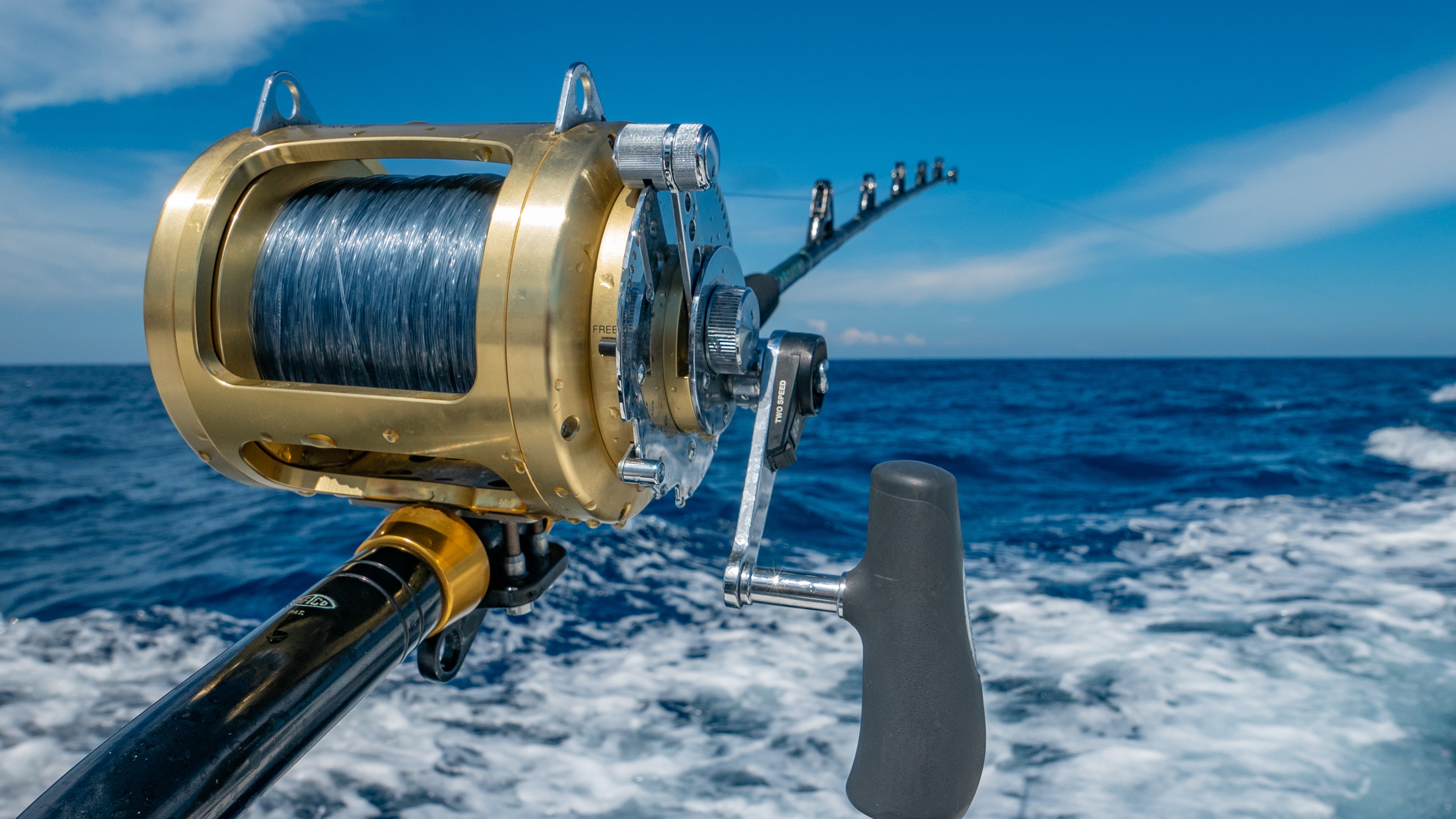There are several different boat types that anglers use to navigate distinct environments. While some main characteristics often overlap, each one incorporates specific design elements and features built for its intended use.
In this article, we cover the common recreational fishing boat types and their construction styles, sizes, design features, power sources, and more.
Popular Inshore Fishing Boats
Inshore fishing boats are ideal for shallower waters and calmer conditions. They have lower profiles that allow for shallow navigation and higher freeboards to withstand choppy waters. Most inshore fishing boats also have ample storage, sizable live wells, fish boxes, and seating for 4 or more people.
Bass Boats
- Length: 16 to over 20 feet
- Construction: Fiberglass or aluminum
- Propulsion: Trolling or outboard motors
Bass boats have highly-specialized designs intended for freshwater fishing. They are ideal for recreational or competitive fishing, along with multi-purpose inland excursions.
They feature a lower freeboard, V-shaped hull, and an open bow. This low-profile design is not suitable for rough ocean conditions. The boat can take on water.
Bass boats are available in many different configurations, sizes, and customizations. Many newer models are also equipped with high-tech navigation, comfortable seats, and a powerful outboard motor.
» MORE: Insurance For Bass Outboards
Flats Boats
- Boat Length: 16 to 20 feet
- Construction: Fiberglass or composite specialized shallow-draft hull
- Propulsion: Single outboard
Flats skiff also caters to inshore fishing, especially in extremely shallow waters. They feature either a center or side console, low freeboard, and fore and aft casting decks. Most models also have a platform over the engine for “poling” (i.e. propelling the boat with a push pole).
These are built specifically for fishing flats, shallow bays, and the back-country. For example, many anglers in the shallows of the Florida Keys or on the flats of South Carolina use flats boats.
Popular Offshore Fishing Boats
Offshore boats have more length from bow to aft and more square-footage on deck. This provides better protection from the large waves and rough conditions found in the open ocean. Most offshore boats can head out for long excursions while maintaining safety and comfort. They are also typically equipped with outriggers, bait stations, and large live wells. These features are essential when catching bigger fish.
Center Consoles
- Length: 14 to over 50 feet
- Construction: Usually fiberglass hull with deep-V and modified-V designs
- Propulsion: Single or multiple outboards or stern drives
Center consoles are arguably the most user-friendly and versatile of all boat types. The helm is located on a console in the middle of the vessel and the deck is open all around. This makes for excellent mobility and visibility. The open deck layout and ample cockpit space also accommodate live wells, fish boxes, T-tops, outriggers, and abundant storage.
Smaller center consoles are typically used for fishing in protected bays, while larger ones often venture throughout the ocean. This boat type is built to withstand harsher ocean conditions and the corrosive nature of saltwater. They are stable, durable, and comfortable.
» MORE: Insurance For Center Console Boats
Flybridge Boats
- Boat Length: 31 to over 60 feet
- Construction: Fiberglass hull, open cockpit, and enclosed cabin
- Propulsion: Single or multiple inboard motors
Flybridge boats, or sport fisherman boats, are built for offshore waters, long-range cruising, and big-game angling. They have flybridge controls, a cabin with classic live-aboard amenities (i.e. galley, berths, head), and often a tower.
These boats are commonly used by sportfishing teams and professional anglers. They’re also great for family cruising and longer offshore boat trips.

